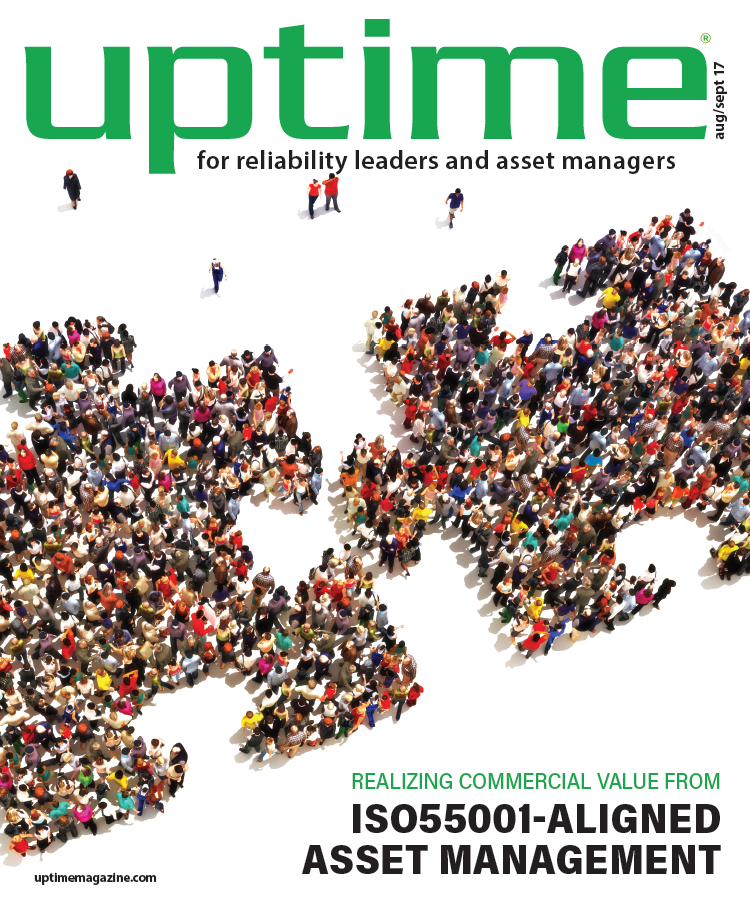Back to Basics for True Operational Excellence
Uptime, August/September 2017 Issue
Many companies are beginning to search for and implement sophisticated maintenance and reliability (M&R) tools and technologies in hopes of finding the next best thing to help achieve operational excellence (OE). Terms, such as asset performance management (APM), predictive analytics, machine learning, Industrial Internet of Things (IIoT), the Cloud, connected plant, etc., are making their way into everything M&R. As game changing as these concepts can be, adopting advanced technologies without first addressing the basic fundamentals of M&R is like building the world’s finest home on a crumbling foundation.
Organizations are not often successful in achieving desired results from technology implementations because they tend to skip over the M&R fundamentals in their haste to chase the OE prize. It is important to understand that technology alone will not provide the solution. Rather, the solution lies within the implementation of the fundamentals of M&R management, which has a direct and significant impact on OE.
Companies are often keen to follow standards, such as ISO55000 for asset management. However, it’s important to know that these standards merely set guidelines for a management system, not the specifics of how the compliance is actually executed. From the start, companies striving to achieve OE need to ensure that M&R fundamentals are solidly in place, as these fundamentals are essential in helping businesses achieve their objectives, while providing a sound platform on which to improve through innovation and automation.

Meet the Authors
Want to further explore how to leverage data science to drive more value from your data?
Reach out to our authors, Vyacheslav Nadvoretskiy or Andrew Waters.
The Value of Quantifying Uncertainty
You cannot maximize the value of your risk analysis without the ability to quantify the uncertainty of when an asset will fail. While monitoring various elements such as thickness measurements and flow rate can reduce uncertainty, ultimately, the value of monitoring is limited.
In this video, Ryan Sitton, Pinnacle’s Founder and CEO, walks through the impact of leveraging your data to better define whether an upcoming task should be a repair, replacement, or upgrade to reduce spending levels and downtime.
Stay in the know.
Providing data-driven insights, perspectives, and industrial inspiration from the forefront of the reliability transformation.